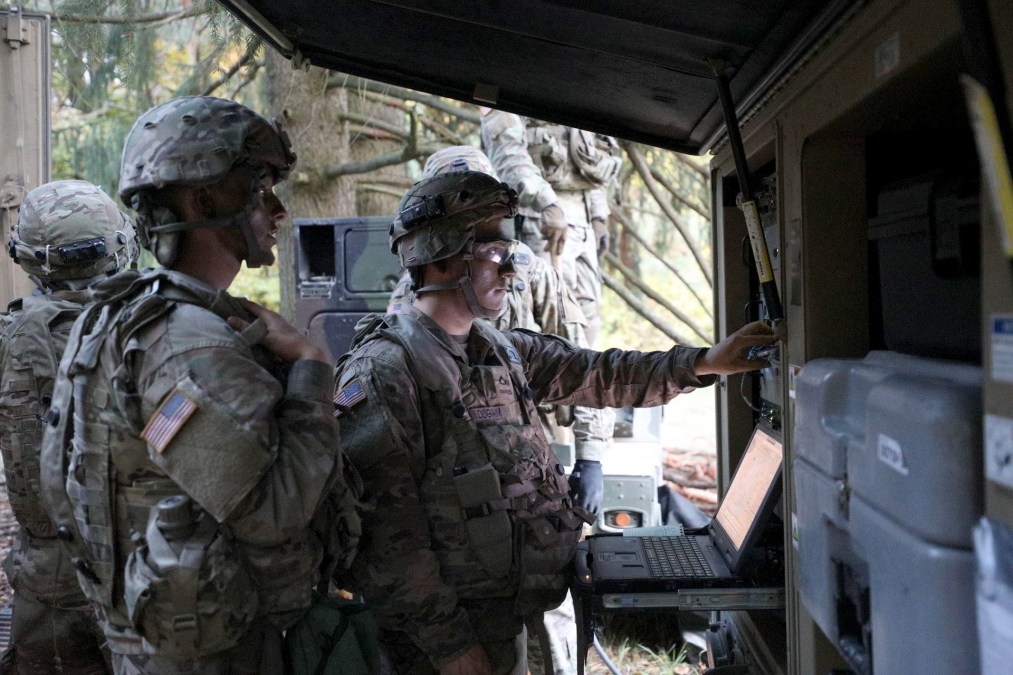DOD still has work to do on OTA transparency, per GAO

The Department of Defense isn’t adequately tracking or providing requisite information regarding contract awards on prototyped technology provided through third parties, according to a new report.
The Government Accountability Office, in another examination of how the DOD uses rapid authorities to get capabilities on contract, assessed that the Pentagon has more work to do in the transparency department, but acknowledged it has made progress.
In recent years, the DOD has made significant use of other transaction agreements, or OTAs, which exist mostly outside the traditional contracting process. This allows the DOD greater flexibility to get capabilities developed faster, albeit, with less oversight and requirements than with existing federal acquisition regulations.
These OTAs can go to individual companies or to consortiums, which can be composed of defense contractors, nontraditional companies, non-profits or academic groups. They typically specialize in a particular technological area.
The majority of OTAs in recent years went to consortia, GAO found, with $24 billion between fiscal 2019 and 2021, specifically for prototyping efforts to include the COVID-19 vaccine. Moreover, most of the 28 consortia awarded during this time were only managed by four organizations.
GAO found that there is limited insight into these organizations, which could hinder efforts for oversight and improvement.
“Despite DOD’s increased use of consortia-based OTAs in recent years, DOD and decision makers have limited insight into these OTAs, including who receives them. We and the DOD Inspector General previously recommended that DOD provide additional guidance and greater transparency and oversight to help manage the risks associated with consortia-based OTAs,” the report stated. “DOD has collected some data on consortia-based OTAs, but it does not have data on the obligations each consortium has received because it does not have a systematic approach for tracking which consortia receive awards.”
Insight into these awards is critical to determine if these consortia are accessing cutting-edge technologies to help deliver capabilities, GAO said.
“[T]he lack of centralized information-sharing puts the onus on contracting personnel to develop their own practices or rely on ad hoc outreach to others to identify key considerations for planning prior to the award of consortia-based OTAs,” according to the report. “DOD is missing an opportunity to leverage the knowledge, experience, and lessons learned of its contracting personnel who have awarded consortia-based OTAs to better inform future awards, including considerations for structuring consortia-based OTAs, negotiating [consortium management organization] compensation, and whether to use an existing consortium or not. Sharing such information across the department will better position DOD’s contracting workforce to use its OTA tools more purposefully and effectively, resulting in better use of taxpayer dollars and increased capabilities delivered to the warfighter.”
GAO provided a series of six recommendations, including the development and implementation of a systemic approach to track obligated dollars consortiums receive. But until then, information should be provided to the public on dollars awarded including updating DOD guidance to require contracting personnel to manually report the information.
The watchdog also recommended collection and documentation on negotiating consortia management organization and compensation, collection and documentation on creating new consortia and maintaining a list of current consortia to include information on management and technology area focuses.
GAO noted that DOD concurred with all of its recommendations and prescribed plans to address them.
The Army, which has obligated the most in OTAs across all the services, has said it wants to ensure it is effectively using its contracting authorities.
“Having previously served in [Assistant Secretary of the Army for Acquisition, Logistics, and Technology] coming into this role, it was important for me to assess along the major programs of record and prototyping efforts we’ve got, how are we doing in terms of using those rapid acquisition authorities, making effective use of OTAs and bridging over to a fully fielded system,” Gabe Camarillo, undersecretary of the Army, told reporters following an address at the Potomac Officers Club Army Summit in August. “I’m cautiously optimistic, I should say, on our progress, just given the number of programs that are beginning to transition this last year and going into next year.”






